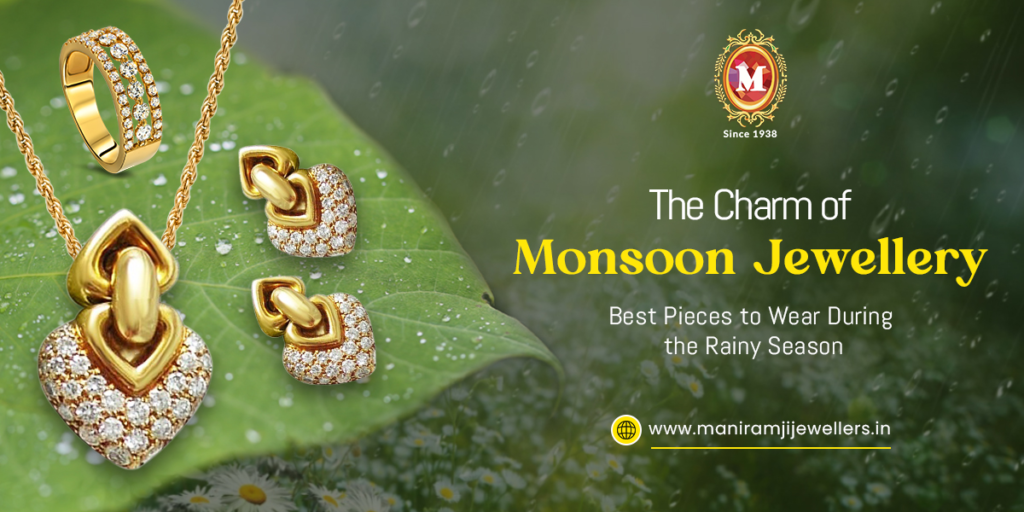How to Check Gold Purity at Home?
Gold is a precious metal that has captivated people for centuries. Whether you’ve inherited a family heirloom or recently purchased a piece of gold jewellery, it’s essential to verify its purity. Knowing the purity of your gold is not only a matter of curiosity but can also impact its value. While professional jewellers and assay offices provide the most accurate results, there are some methods you can use to check gold purity at home. In this blog post, we’ll explore these methods.

Checking the purity of gold at home can be done using several methods, but keep in mind that these methods are not as accurate as professional testing conducted by jewellers or assay offices. However, they can provide a reasonable estimate of the gold’s purity. Here are a few methods you can use:
Hallmark Stamp:
One of the easiest and most reliable ways to check gold purity is to examine any hallmark stamps on your jewellery. Jewellers often mark their pieces to indicate the gold’s purity. Common hallmarks include 24K, 22K, 18K, 14K, and 10K, with higher numbers denoting a higher percentage of gold content. However, be aware that not all gold items have hallmarks, so you may need to use other methods as well.

Magnet Test:
Gold is not magnetic, so a simple magnet test can be a quick way to determine if your gold is pure. If your jewelry is attracted to the magnet, it likely contains other metals and is not pure gold.

Acid Test Kit:
You can purchase an acid test kit designed for testing gold purity. These kits typically come with different testing acids for various gold purities. Here’s how to use them:
Scratch your gold item on a testing stone to create a small mark.
Apply a drop of the testing acid that matches the expected purity level.
Observe the reaction. If the mark disappears, it suggests a lower purity, while no reaction indicates the gold’s expected purity.
Nitric Acid Test:
This test is similar to the acid test but uses nitric acid instead. Be cautious when working with acids, as they can be dangerous. Here’s how to do it:
- Scratch the gold item on a touchstone.
- Apply a drop of nitric acid to the mark.
- Observe the reaction. Genuine gold will not react, while impure gold will show some discoloration or fading.
Density Test:
The density of gold is relatively consistent, so you can determine purity by measuring the item’s weight and volume. Here’s how to do it:
- Weigh the gold item on a scale to find its mass (in grams).
- Fill a graduated cylinder with water and record the initial volume.
- Carefully submerge the gold item in the water, and measure the change in volume.
Discoloration Test:
Rub the gold item against an unglazed ceramic plate. If it leaves a black or dark streak, it may not be pure gold. Pure gold typically leaves a gold streak.
Professional Testing:
If you have concerns about the purity of your gold and it holds significant value, it’s advisable to seek professional testing from a reputable jeweller or assay office. They have specialised equipment, like X-ray fluorescence machines, that provide accurate results.
Remember that these home methods can provide you with a rough estimate of the gold’s purity but are not as accurate as professional testing. If you have valuable gold items or require precise purity information, consider consulting with a professional jeweller or assay office. They have specialised equipment that provides the most accurate results.



 Gold Coins
Gold Coins Gold Diamond
Gold Diamond Pendants
Pendants Mangalsutra
Mangalsutra Finger Rings
Finger Rings Mens
Mens Womens
Womens Kids
Kids















